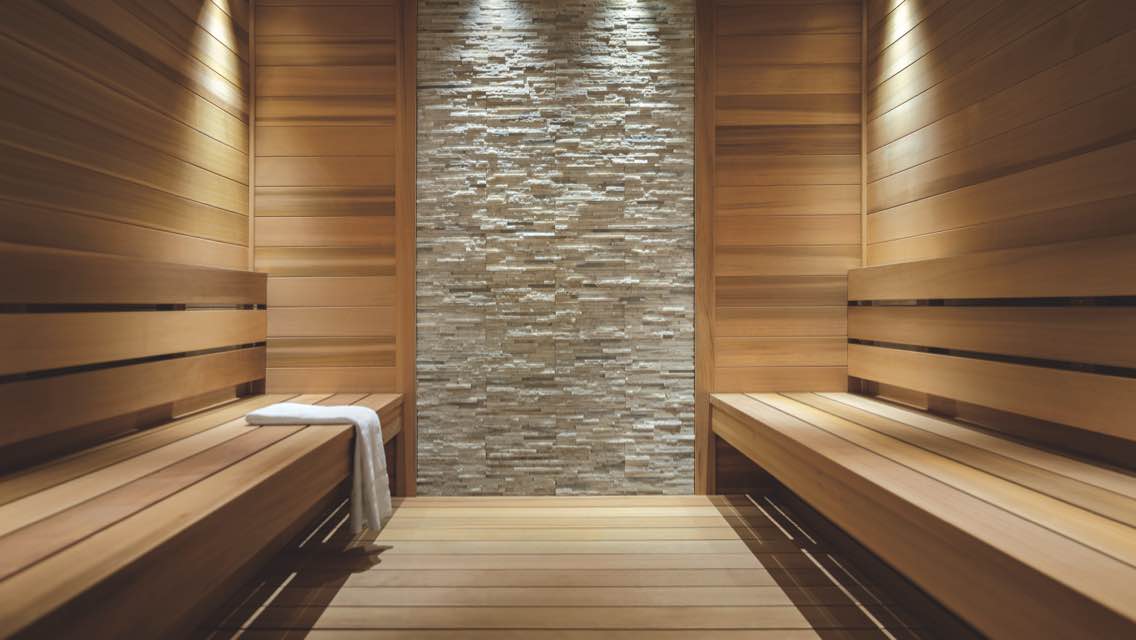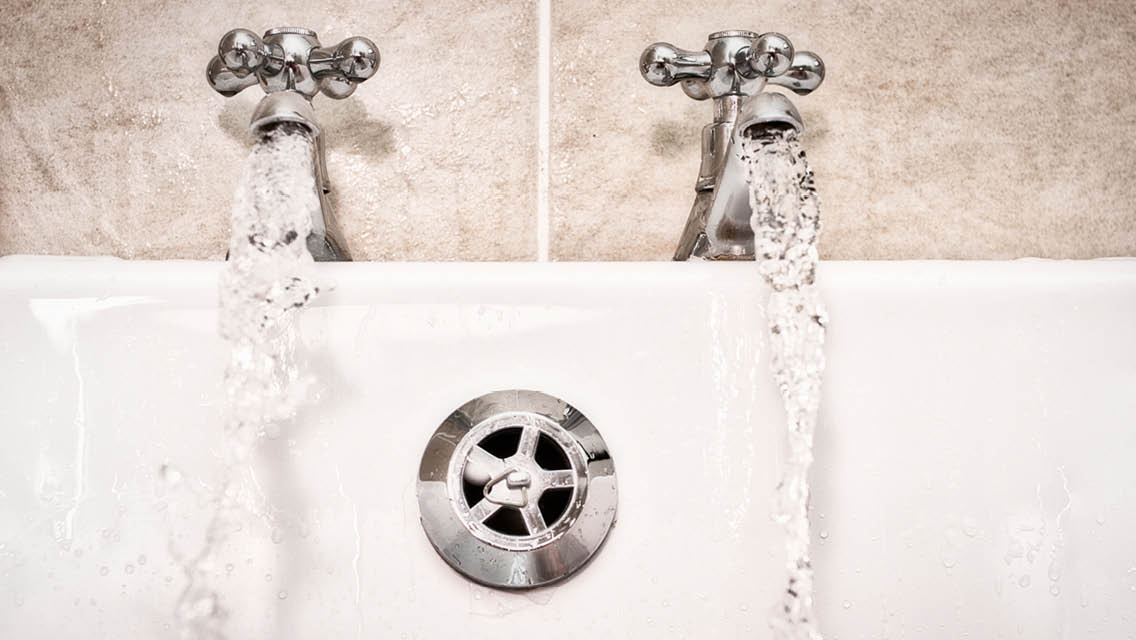Physical Health
Exposing your body to intense heat can initiate a host of adaptive responses. An increased heart rate triggers greater blood flow to the skin and helps you cool off, and sweat can help the body excrete small amounts of heavy metals, pollutants, and other toxins.
The body responds to a higher core temperature by producing heat-shock proteins, which enhance your ability to manage stress and build resilience.
“Heat-shock proteins play a crucial role in cellular repair by addressing misfolded proteins caused by mutations in gene sequencing, translation errors, or environmental changes,” D’Adamo explains. Scientists are examining how misfolded proteins contribute to Alzheimer’s, Parkinson’s, and other neurodegenerative diseases.
A Finnish cohort study linked frequent, consistent sauna use with a 50 percent reduction in the risk of cardiovascular disease mortality and a 40 percent reduction in all-cause mortality compared with less frequent use. Some researchers argue the benefits may stem from improved vascular function, reduced blood pressure, and better heart-rate variability, all of which reduce strain on the cardiovascular system.
Another Finnish study found that, compared with those who used a sauna once a week, individuals who used saunas two or three times weekly lowered their stroke risk by 14 percent. Those who visited four to seven times per week saw a 61 percent reduction.
Heat exposure can improve cellular function in the lining of the blood vessels and decrease blood pressure, two major risk factors for stroke.
Heat therapy can even produce some of the same effects as exercise, a potential game-changer for people with mobility issues.
Environmental physiologist Christopher Minson, PhD, codirector of the Exercise and Environmental Physiology Labs at the University of Oregon, studies the effects of heat therapy on vascular health in sedentary individuals.
“The increase in body temperature, heart rate, and increased blood flow caused by heat therapy mimics the physiological effects of moderate exercise, such as improved blood flow and stress tolerance,” he explains.

Mental Health
Heat therapy can also have a powerful effect on depressive disorders. “Heat therapies boost neurotransmitter levels and have shown significant benefits for people with depression,” Minson says.
These are vividly illustrated by a 2024 study published in the International Journal of Hyperthermia. Researchers used heat beds to induce “whole-body hyperthermia” (high body temperature) in study subjects with major depressive disorder. The treatments were paired with cognitive behavioral therapy (CBT), a therapeutic approach that cultivates awareness of negative thinking (learn more about this gold standard in psychotherapy here).
Twelve participants completed the eight-week study; they had an average symptom reduction of 15.8 points in the Beck Depression Inventory. (A three-point reduction is clinically significant.) Eleven of them no longer met the criteria for major depressive disorder.
“We observed reductions in depressive symptoms that were much higher than we would have expected from receiving CBT without heat treatment,” notes lead study author Ashley Mason, PhD, in a news release.
Researchers are unsure of the exact mechanism at work, but some speculate that heat’s effect on the production of the mood-enhancing neurotransmitters serotonin and norepinephrine may be a factor. Additionally, once the body cools down from heat exposure, it remains cooler longer. This may benefit people with depression, whose baseline body temperatures tend to be higher.
Optimize Your Heat Exposure
If you’re new to heat therapy, start with shorter sessions — a few minutes in the sauna at most — and lower temperatures. Infrared saunas tend to be cooler, so they’re a good place to begin. Increase time and temperature as your body adapts.
Use regularly. There are competing viewpoints about what frequency, duration, and temperature provide maximum benefits. Both Minson and D’Adamo say the sweet spot seems to be about three to five sessions per week, 15 to 20 minutes at a time, in temperatures around 170 degrees F. Infrared saunas typically heat to about 120–150 degrees F, so you can stay in one for up to 40 minutes.
Hydrate. During heat therapy sessions, drink water like it’s your job. Hydrating before, during, and after helps maintain electrolyte balance and prevent dehydration.
Recover. After a heat session, allow ample time for your body to cool down. Wait until you’ve stopped sweating to get dressed. Follow with rest and proper nutrition to help maximize your body’s adaptation and repair.
Use caution. If you’re pregnant, have cardiovascular issues, or tend toward low blood pressure, consult a healthcare provider before beginning heat therapy. If you experience dizziness or intense fatigue during a session, seek cooler temperatures immediately.
If you know you’re sensitive to heat or prone to fainting, consider using an infrared sauna because they run slightly cooler. D’Adamo recommends sitting in the middle of an infrared sauna, away from heating elements, to avoid any potential exposure to electromagnetic fields.
Thermaculture
Ritual saunas and cold plunges have long been central practices in many cultures, and research now shows they can boost circulation, immune function, and mental clarity. For more, see “The Health Benefits of Thermal Stress,” from which this article was excerpted.





This Post Has 0 Comments